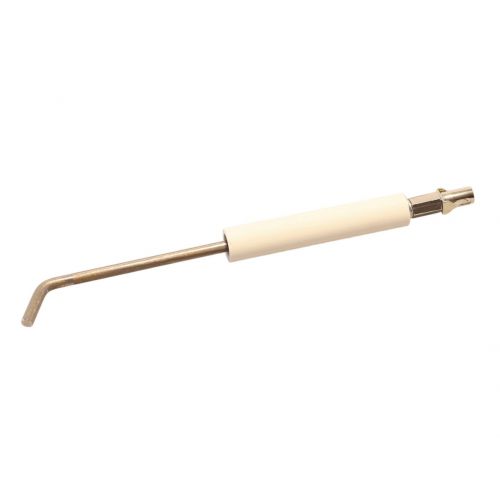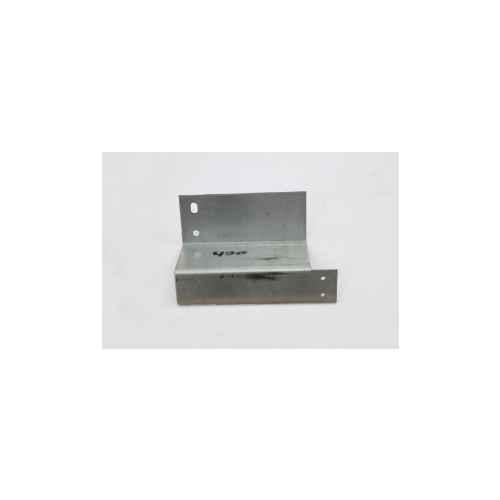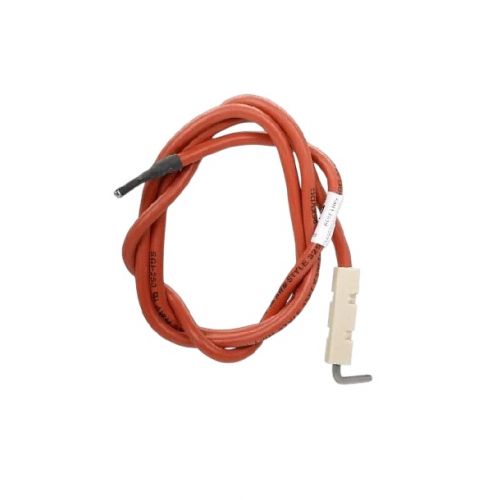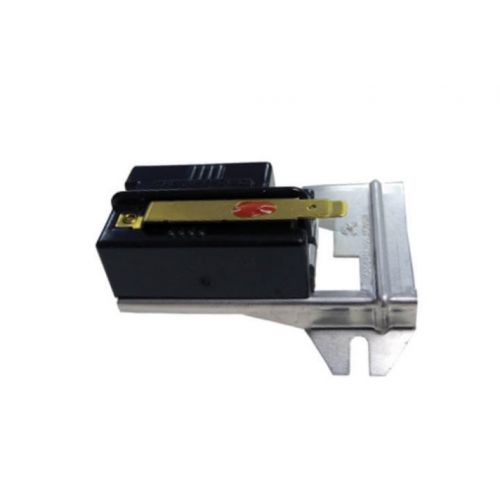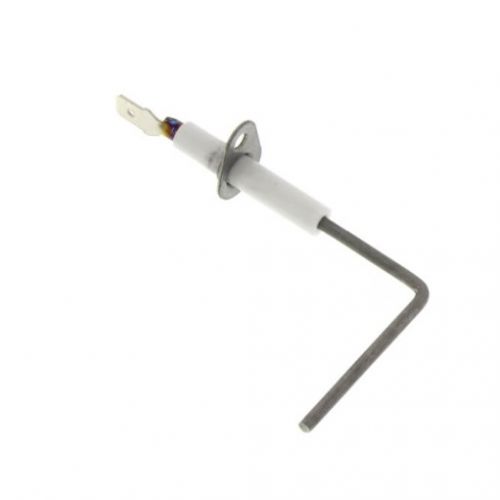Troubleshooting 101: Resetting Your Furnace’s Flame Sensor Made Simple
If your furnace keeps shutting off or won’t stay lit, a faulty flame sensor may be to blame. The flame sensor is a small but critical safety component that ensures your furnace only runs when a flame is safely burning. When it gets dirty or malfunctions, it can mistakenly signal that there’s no flame, causing your system to shut down. Luckily, this issue is often easy to fix with a simple reset or cleaning. In this guide, we’ll walk you through everything you need to know about the furnace heater flame sensor. troubleshooting, from recognizing the signs of a problem to safely resetting or replacing the sensor. Whether you’re DIY-savvy or just want to understand your furnace better, this guide will help keep your home warm and safe.
What is a Furnace Flame Sensor and Why is it Important?
A furnace heating flame sensor is a safety device that plays a crucial role in the operation of your heating system. Its main function is to monitor the burner’s flame during the heating cycle. Here’s a breakdown of how it works:
-
Flame Detection: The flame sensor detects whether there is a flame in the burner. When the furnace turns on.
-
Continued Operation: If it detects a flame, the furnace continues to operate, allowing the heating process to proceed.
-
Shutoff Mechanism: To keep unburned gas from building up, the sensor sends a signal to the control board to cut off the gas supply if it fails to detect a flame or if the flame extinguishes suddenly.
The significance of a correctly operating flame sensor cannot be overstated.
-
Safety: Without a working sensor, your furnace may fail to detect a gas leak or improperly ignite, which are serious safety concerns.
-
Prevent Malfunction: Your home may lose heat if your furnace shuts off due to a malfunctioning flame sensor.
-
Cost-Effective: Regular maintenance of the flame sensor ensures your furnace operates efficiently, helping you avoid costly repairs or dangerous situations.
By maintaining the flame sensor, you can ensure that your furnace runs safely and reliably throughout the heating season.
Looking for reliable furnace parts? PartsHnC offers a wide selection of genuine components from top brands like Goodman, Carrier, and Trane. Find essential parts like flame sensors, ignitors, and control boards at great prices with fast shipping to keep your system running smoothly.
Signs Your Furnace Flame Sensor Needs Resetting
A malfunctioning furnace flame sensor is one of the most common reasons for furnace issues, especially during the heating season. Knowing the signs that your flame sensor needs resetting can help you take action before the problem worsens. Here are key signs to watch for:
-
Furnace Shuts On and Off: The flame sensor may not be properly detecting the flame if your furnace starts but turns off in a matter of seconds to a minute.
-
Furnace Won’t Stay Lit: If the burner ignites but quickly turns off, it could be due to a dirty or misaligned flame sensor.
-
Cold Air from Vents: A non-functioning flame sensor may prevent your furnace from staying on long enough to heat the air.
-
Error Codes: Many modern furnaces display diagnostic fault codes when the flame sensor fails. Check your user manual for details on interpreting these codes.
-
Increased Energy Bills: A malfunctioning furnace can become inefficient, causing higher utility costs without effective heating.
-
Unusual Furnace Noises: Clicking sounds without ignition may signal failed attempts to light the burner due to flame sensor issues.
-
Yellow or Unstable Flame: A flame that isn’t steady or blue may indicate poor combustion, affecting flame sensor performance.
-
No Heat Despite Thermostat Call: If your thermostat is calling for heat but the furnace doesn’t stay on, the sensor might be to blame.
If you notice any of these symptoms, resetting or cleaning the flame sensor is a good first step. Addressing the issue promptly can restore your furnace’s performance and prevent unnecessary wear or safety risks.
How to Safely Reset Your Furnace’s Flame Sensor
Resetting your furnace’s flame sensor is a simple DIY task that can help restore your system’s performance and prevent costly repairs. These are the steps that you should carefully follow.
Step 1: Switch Off the Power
-
Locate your furnace’s power switch or shut off the appropriate circuit breaker.
-
Confirm the unit is completely powered down to ensure your safety.
Step 2: Turn Off the Gas Supply
-
To remove the possibility of a gas leak, turn off the gas valve close to the furnace.
-
Before proceeding, let any remaining gas a few minutes to evaporate.
Step 3: Remove the Access Panel
-
Use a screwdriver to remove the furnace's front panel and gain access to internal parts.
-
Keep track of screws or clips to make reassembly easier.
Step 4: Locate the Flame Sensor
-
Look for a thin, metal rod positioned near the burner assembly.
-
It typically has one screw holding it in place and is connected by a single wire.
Step 5: Carefully Remove the Sensor
-
Gently unscrew and remove the flame sensor without bending or damaging it.
-
Avoid touching the sensor’s tip with your fingers to prevent residue buildup.
Step 6: Clean the Sensor
-
Lightly scrub the sensor using fine-grit sandpaper or steel wool to remove debris and carbon buildup.
-
For the best flame detection, wipe it clean with a dry cloth.
Step 7: Reinstall and Restore Power
-
Reattach the cleaned sensor securely and reconnect any wires if needed.
-
Replace the access panel, then turn the gas and power supply back on.
Step 8: Examine the furnace.
-
Increase the temperature on your thermostat and set it to heat.
-
Check that the furnace lights up correctly and goes through a full heating cycle.
Resetting your sensor is a quick fix, but if problems continue, furnace flame sensor replacement may be necessary. Regular checks help avoid costly breakdowns.
Common Problems That Cause Flame Sensor Issues
Furnace flame sensor troubleshooting is essential for maintaining your heating system’s efficiency. Several common problems can cause the flame sensor to malfunction, affecting furnace performance. To help prevent these problems, early detection is essential.
Dirt and Carbon Buildup
-
Cause: Over time, soot and dust accumulate on the flame sensor.
-
Issue: When the flame is no longer detectable by the sensor, the furnace turns off.
-
Fix: Clean the flame sensor with fine-grit sandpaper or steel wool to remove dirt and carbon buildup. Wipe it with a dry towel to ensure a clean surface for detection.
Corrosion
-
Cause: Moisture or age causes corrosion on the flame sensor's metal surface.
-
Issue: The sensor's ability to accurately detect the flame is hampered by corrosion.
-
Fix: If corrosion is visible, carefully clean it off with an abrasive material. If severe, consider replacing the flame sensor to restore functionality.
Loose or Damaged Wiring
-
Cause: Wear or incorrect handling might result in loose, frayed, or disconnected wires.
-
Issue: The signal from the flame sensor fails to reach the control board, causing furnace shutdowns.
-
Fix: Examine the wiring for any loose connections or damage. Tighten or replace wires as needed to ensure a secure connection.
Incorrect Positioning
-
Cause: The flame sensor may become misaligned or bent during installation or maintenance.
-
Issue: If the sensor isn’t positioned properly, it may not detect the burner flame.
-
Fix: Ensure the flame sensor is correctly positioned in the flame path. Gently adjust its alignment to ensure it sits properly near the burner.
Overheating Sensor
-
Cause: If the sensor is exposed to high temperatures for a long time, it may overheat.
-
Issue: An overheated sensor may malfunction and fail to detect the flame correctly.
-
Fix: Verify the internal temperature settings of the furnace and make sure the sensor is positioned correctly. If the overheating continues, replace the sensor.
Check out how to inspect and replace the thermocouple in your furnace to ensure efficient and safe heating performance.
How to Clean Your Furnace Flame Sensor for Better Performance
Furnace's flame sensor cleaning is a simple maintenance task that improves performance and extends your heating system's lifespan. A dirty flame sensor is a common cause of issues like short cycling or ignition failure. Follow this step-by-step cleaning process
-
Turn off Power and Gas: Always ensure the furnace is powered down and the gas supply is turned off before performing any maintenance.
-
Locate the Flame Sensor: Usually a thin metal rod, the furnace flame sensor is located close to the burner assembly. Remove any panels that might be obstructing access with a screwdriver.
-
Remove the Sensor: Remove any wires that are attached to the sensor by carefully unscrewing it. Take care not to harm the wiring.
-
Clean the Sensor: Use fine-grit sandpaper or steel wool to gently scrub the sensor. Remove any carbon buildup or soot. Steer clear of strong substances that might harm the sensor.
-
Reinstall the Sensor: After cleaning, gently put the sensor back in place and reattach the cables. Verify that the sensor is properly positioned within the burner's flame path.
-
Test the Furnace: Turn the power and gas back on, set the thermostat, and check if the furnace operates smoothly.
Regularly cleaning your flame sensor furnace ensures it can detect the flame accurately, preventing unnecessary shutdowns and improving efficiency.
Preventive Tips to Extend the Life of Your Furnace’s Flame Sensor
To ensure your furnace’s flame sensor operates efficiently and lasts longer, regular maintenance and attention to detail are essential. The following precautionary measures can help the flame sensor last longer:
-
Schedule for Furnace Maintenance: Professional inspections once a year can spot possible problems with the flame sensor and other parts before they become serious ones. A professional will check, clean, and ensure that everything is functioning properly.
-
Replace the Air Filter Frequently: A dirty or clogged air filter can lead to overheating in your furnace and further strain on the flame sensor. To ensure adequate airflow and lower the chance of overheating, replace the air filter every one to three months.
-
Keep the Furnace Area Clean: Dust and debris can accumulate around the furnace and on the flame sensor, leading to poor performance. To avoid accumulation, keep the space surrounding the furnace free of obstacles and clean it frequently.
-
Check for Proper Ventilation: Ensure that your furnace vents are free from blockages. Poor ventilation can cause the furnace to work harder, potentially affecting the flame sensor’s functionality.
-
Monitor the Flame Sensor: Periodically inspect the flame sensor for dirt or signs of corrosion, especially during the heating season. Its malfunctions can be avoided by cleaning it at least once a year.
By following these simple steps, you’ll help your furnace flame sensor stay in top condition, ensuring consistent performance and a longer lifespan for your heating system.
Also, check out this guide on DIY furnace burner maintenance for homeowners to learn effective techniques for keeping your furnace running smoothly.
Maintaining and troubleshooting your furnace’s flame sensor is essential to make sure your heating system functions safely and efficiently. By recognizing the signs of a malfunctioning sensor, performing regular cleaning, and addressing common issues promptly, you can avoid costly repairs and extend the lifespan of your furnace. Whether you're resetting the sensor or taking preventive steps like scheduling annual maintenance, staying on top of these tasks will help keep your furnace in peak condition throughout the winter months, ensuring your home stays warm and comfortable.
FAQs
What is the cost to replace a flame sensor on a furnace?
The cost to replace a flame sensor on a furnace typically ranges from $75 to $250, including parts and labor. DIY replacement can reduce costs significantly.
What’s the difference between a furnace ignitor vs flame sensor?
A furnace ignitor is responsible for lighting the burner by creating a spark or heat, while the flame sensor’s job is to detect whether the burner flame is present after ignition. Simply put, the ignitor starts the flame, and the flame sensor ensures it stays safely lit.



